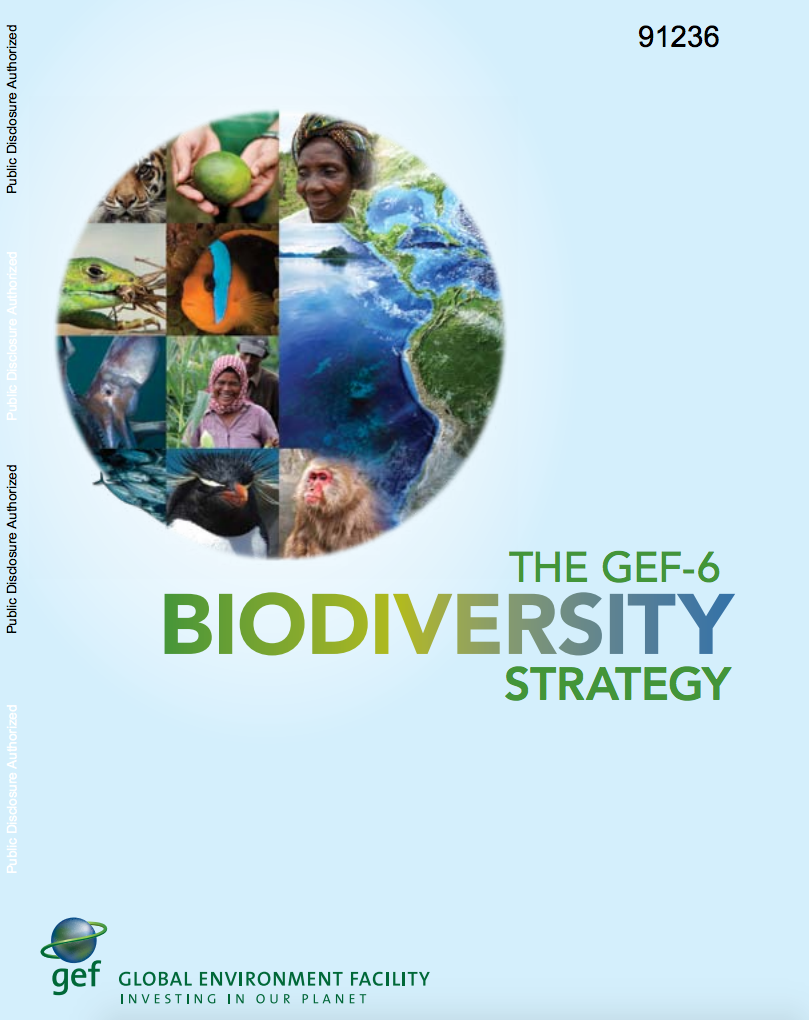Country Partnership Framework for the Plurinational State of Bolivia for the Period FY16-FY20
Bolivia’s distinct characteristics and
aspirations are a key for understanding its development
trajectory. Bolivia is one of the countries with the highest
share of indigenous population, representing a tapestry of
different groups with different historical, cultural and
economic features, with a significant influence in policy
decision making. The country is landlocked and one of the
most sparsely populated in the world. As a result, long


